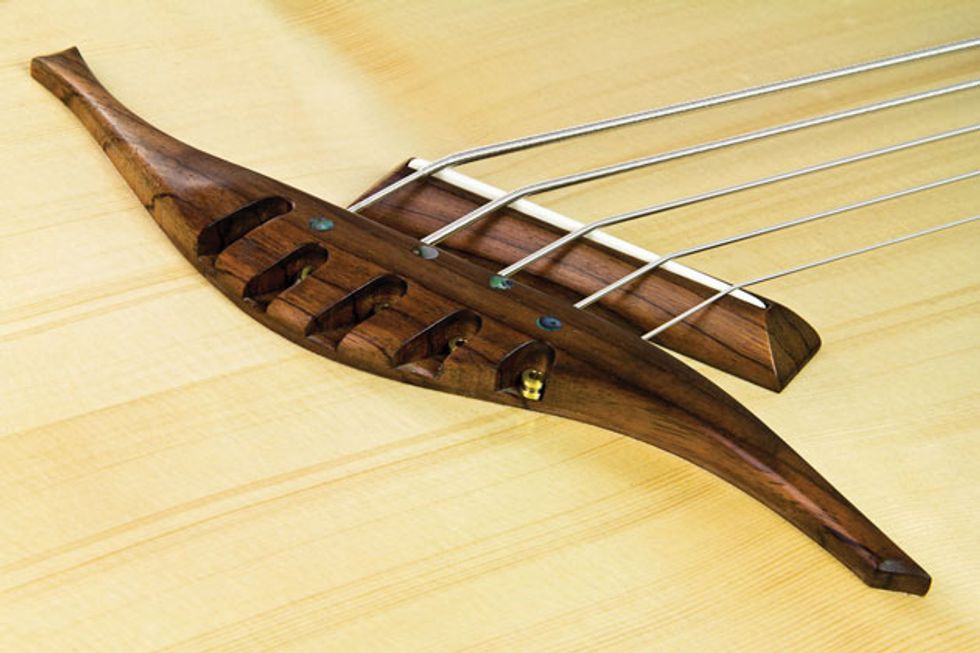Photo 1. Photo courtesy of Andreas Schulz and leftover-visuals.de.
Since the days of MTV Unplugged, many working bassists who would normally rock a solidbody electric have expanded their sonic palette with an acoustic bass guitar. When it’s impractical for a band to perform with a drum kit and concert backline—perhaps an in-store promo gig, radio station, or intimate in-the-round show—an acoustic bass allows low-enders who don’t play upright to hold down the bottom for their flattop-wielding mates. Though such performances are typically billed as “unplugged,” the bassist still needs amplification to raise the acoustic bass above campfire volume levels.
Even when there’s no electricity involved, we face the same problem with our low-frequency acoustics as when we plug in our solidbodies. Remember, compared to electric guitarists, we need far more power to amplify our signal to a useful level. Likewise, an acoustic bass needs far more body volume and soundboard area to keep up with an acoustic guitar, but even with the supersized body of the Stoll acoustic bass (Photo 1), you still might not be on par with the rest of the band. So once the audience grows to a certain size, you’ll need an amp to be heard—and more important, the right pickup. Sorting through the plethora of pickup systems can be confusing, but fortunately they all boil down to a few principles.
Magnetic. As long as you use nickel or steel strings, magnetic pickups work on an acoustic bass, and you don’t need a preamp to generate usable output. Unfortunately, mag pickups often sound more like an electric bass, as the cut-off peak prevents higher frequencies from getting through. (For more detailed info, read “Passive Tone Controls.”)
Optical. Not a real option, as no manufacturer currently offers an optical pickup for acoustic basses. But if you’re curious about how this technology works, check out “Piezo and Optical Bass Pickups.”
Microphone. A good mic could be the perfect transducer, but both internal and external mics are often plagued by feedback. Crosstalk is another difficulty mics create for a sound engineer. (Contact microphones are still microphones, but they fit better in the following group.)
Contact pickups. Although “contact” is not really a working principle, this group contains all the piezo, electrostatic- and electro-dynamic transducers, as well as contact microphones. These devices pick up vibrations in direct contact with the instrument and produce little feedback and almost no crosstalk. Despite their often inferior sound quality, low-cost contact pickups—especially the piezo variant—are the most popular transducers.
Contact pickups come in many different designs and technical constructions. But because most bassists spend their cash on their primary instrument—the electric bass—it’s not surprising to see a secondary bass rigged with a cheaper system. That’s why many players opt for a single under-saddle piezo pickup. A piezo pickup’s high-impedance output requires an active buffer or preamp, partially negating the price advantage, but having onboard access to your main controls is a plus given the sensitivity of amplified acoustic instruments.
Photo 2. Photo courtesy of stollguitars.de.
Essentially, an acoustic bass guitar bridge includes a simple plastic or bone saddle that sits on a piezo strip with the same footprint Photo 2. The saddle’s upper side acts as the intonation point and determines the action, while its underside presses down onto the piezo. A piezo element is very sensitive, and the simplicity of the construction often causes problems when it comes to picking up the strings at equal volumes. In particular, the outer strings can lose volume if a weak saddle bends upward at the ends. An unevenly routed saddle slot can also cause volume irregularity. This is less of an issue today, thanks to CNC-routed slots.
If you experience string-to-string volume issues, your best bet is to start by slightly sanding the saddle’s underside absolutely flat. But the key word is slightly, as this also affects the action. If the problem persists, your only solution is to sand down the areas underneath the louder strings. This can be a long trial-and-error process, but that’s the price we pay for using budget technology.
Nor are problems limited to the bottom of the contact area. On a purely acoustic instrument, you want the saddle to fit tightly within the slot. But if you’re using an under-saddle pickup, make sure the saddle can easily move up and down to translate string motion. However, if it gets too loose, the saddle might tilt and put more pressure on an outer side instead of the entire piezo element. Tuning up evenly on all strings is one way to prevent the saddle from being caught askew. This sounds like a pretty sensitive system, but it works more often than not.
More complicated solutions can overcome these problems (sometimes generating new ones) and even add tonal value—a subject well worth checking out in another column.









![Rig Rundown: AFI [2025]](https://www.premierguitar.com/media-library/youtube.jpg?id=62064741&width=1245&height=700&quality=70&coordinates=0%2C0%2C0%2C0)












 Shop Scott's Rig
Shop Scott's Rig

![Rig Rundown: Russian Circles’ Mike Sullivan [2025]](https://www.premierguitar.com/media-library/youtube.jpg?id=62303631&width=1245&height=700&quality=70&coordinates=0%2C0%2C0%2C0)













































